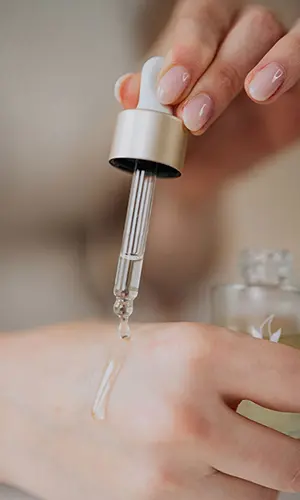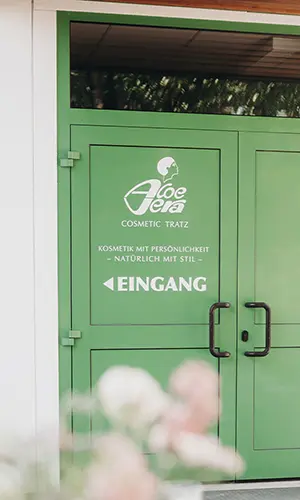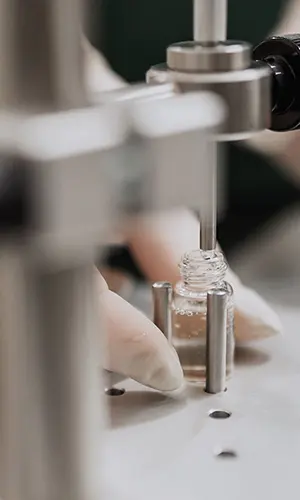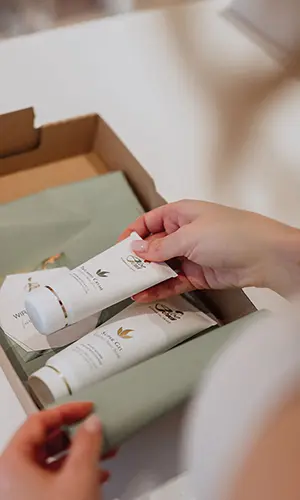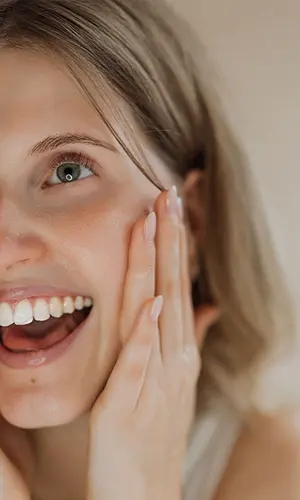Our sunscreen – Naturally into the sun
Our sunscreen
naturally into the sun
Soon it will be that time again. The first rays of sunshine are making their way through the cloud front: time to get the deck chair, which has spent the last few months hidden behind the bike and garden furniture, out of the shed and fill up on a good dose of vitamin D.
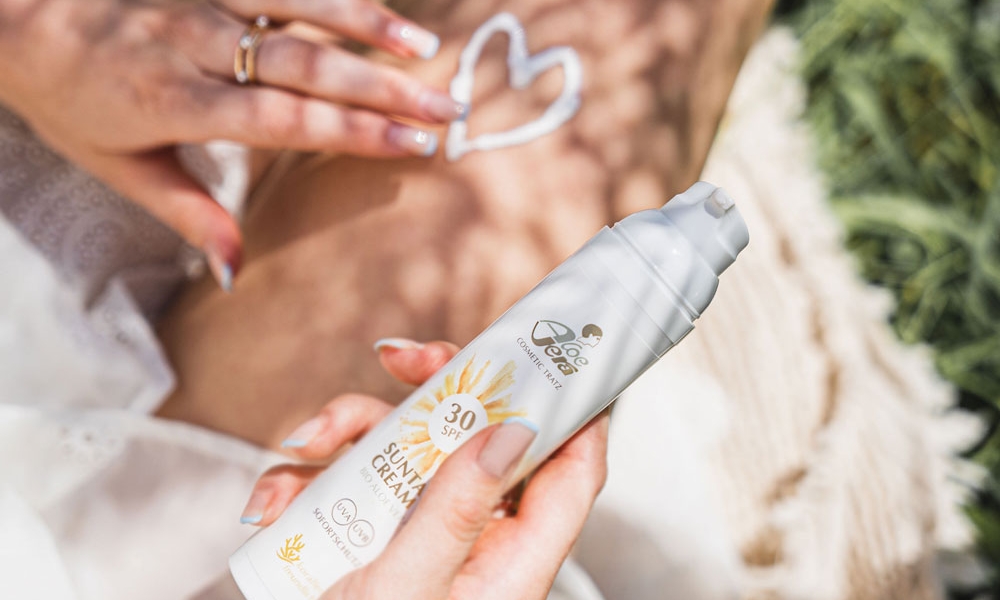
If you have a lighter skin type, you may be familiar with the fact that prolonged exposure to the sun can cause isolated areas of your body to turn red – the first sunburn.
So, to counteract this, it is helpful to protect yourself from the UV rays by regularly applying a suitable sunscreen. Although the rays also provide a tanned complexion, they can also cause damage to health and, in the worst case, cause skin cancer.
In this blog post, we want to show you our sunscreen or suntan cream a little closer.
Which ingredients it is composed of, how it is applied and why we rely on coral-friendly filters, all this you shall learn in the coming lines.
- Sun protection factor
- UVA + UVB instant protection
- Mineral filters
- Coral friendly formulation
- Ingredients
- Application
Sun protection factor
Our new mineral Suntan Cream has an advanced formulation that combines pleasure, safety and nature, providing your skin with high protection through its SPF 30. But what does this sun protection factor actually mean for you?
Have you ever noticed that you can only stay in the sun for a certain amount of time before redness appears on your skin? This is then your so-called “self-protection time”.
And what exactly does the factor 30 have to do with it?
Quite simply, if you take this “self-protection time” of your skin and multiply it by a factor of 30, you arrive at the approximate length of time you can stay in the sun without burning your skin.
UVA + UVB instant protection
While UV rays also provide tanned skin and vitamin D production is enhanced by UVB radiation, they also carry a risk of skin cancer in high doses. UVB rays are generally more responsible for sunburn. UVA rays can also cause sunburn, although less frequently, and can also cause premature aging of the skin and allergies. Therefore, our sunscreen contains filters (physical, not chemical) that form a barrier on the skin to protect it from UVA and UVB rays. The filters are also of good water resistance.
Mineral filters
Mineral filters are characterized by their high compatibility on the skin, but can promote whitening. Therefore, the real strength of our sunscreen lies in its great spreadability, which allows you to experience the sun safely, but also very pleasantly and practically, with a pleasant scent – without whitening.
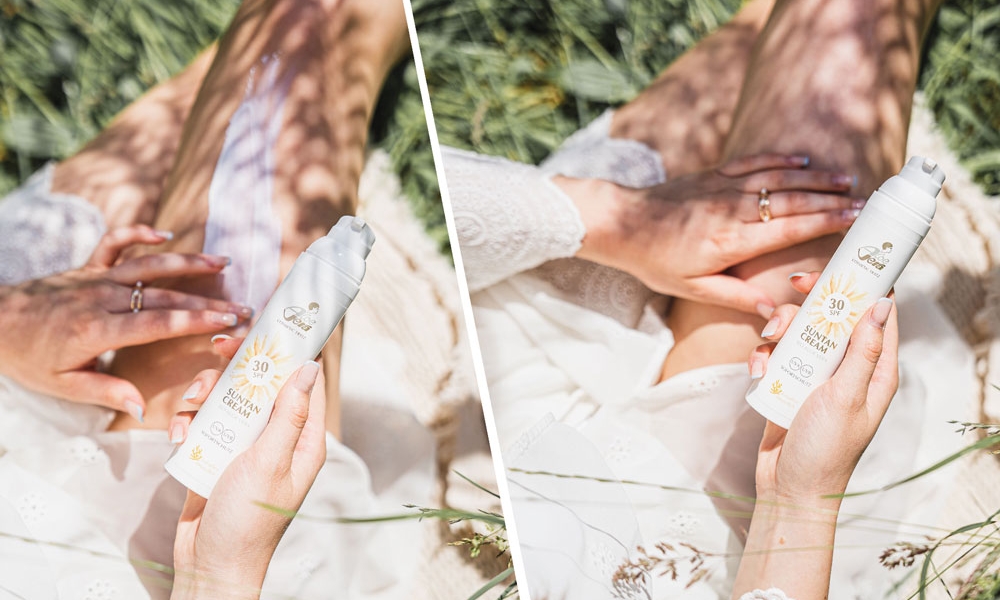
Coral friendly formulation
Sunscreens could pose a threat to corals. The ingredient “oxybenzone“ in particular is controversial, which is why we do not use it at all.
Accordingly, the composition of our Suntan Cream contains a novel filter package with coral-friendly filters, for the preservation of coral reefs.
Ingredients
The formulation of our sunscreen is refined with organic aloe vera. With its numerous properties, it helps to produce healthy-looking skin even after the stress of sun exposure. In addition, we do not use nanoparticles in our sunscreen and use the mild ingredient zinc oxides (mineral), which is characterized by its caring character on the skin.
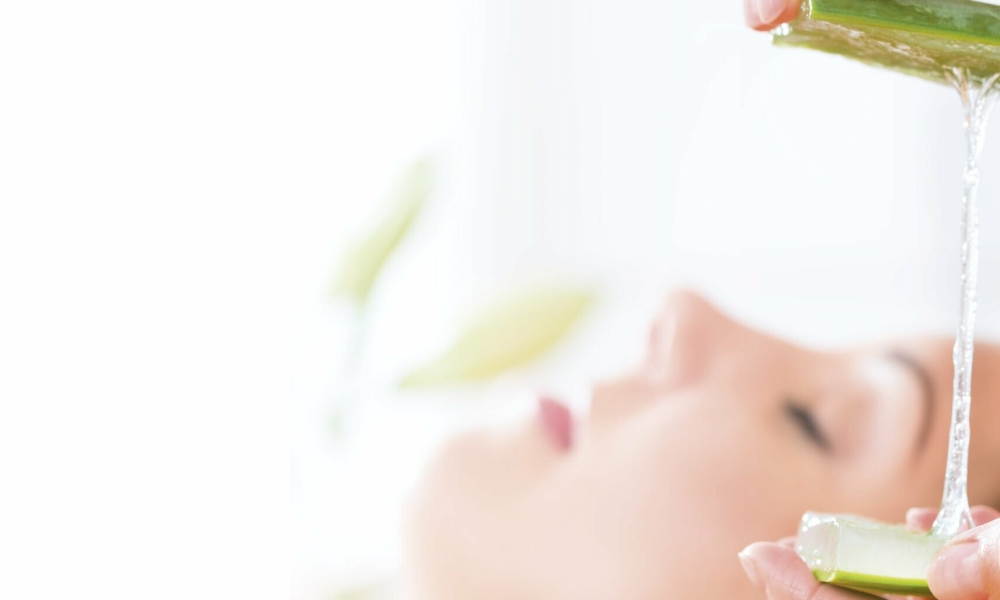
Application
For reliable protection against sunburn, you should apply the cream generously to dry skin before sunbathing and let it absorb. The protective performance is minimized by insufficient application quantities. Repeat application regularly, especially after bathing, sports activities and in case of increased perspiration.
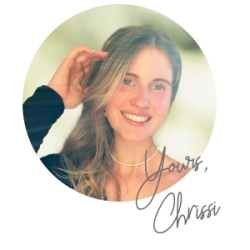
external sources:
BFS – Bundesamt für Strahlenschutz (www.bfs.de) – “Was ist UV-Strahlung?”, “Warum Schutz vor UV-Strahlung?”, “Schutzreaktion der Haut”, “UV-Schutz durch Sonnencreme”
Netdoktor (www.netdoktor.at) – “UV Strahlung: Was bedeutet UVA und UVB?”
Krebsinformationsdienst (www.krebsinformationsdienst.de) – “UV-Strahlung: Grundlagen erklärt”
Utopia (www.utopia.de) – “Oxybenzon: Deshalb ist der Stoff in Sonnencremes gefährlich”
You want to learn more about UV rays? On the page of the “Bundesamt für Strahlenschutz” (BFS) you will find further information.





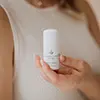 Reisesets
Reisesets Probiersets
Probiersets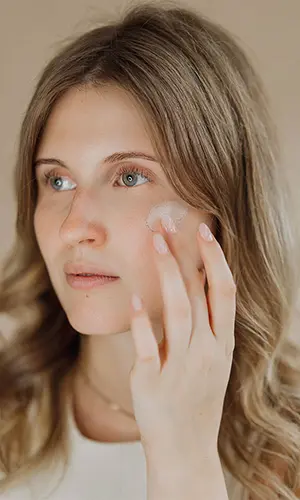
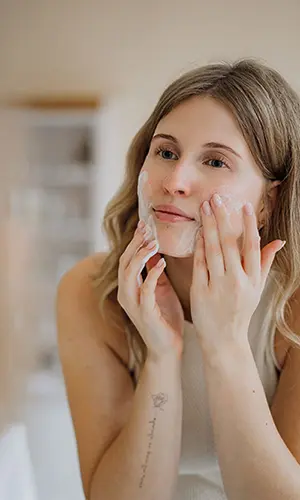
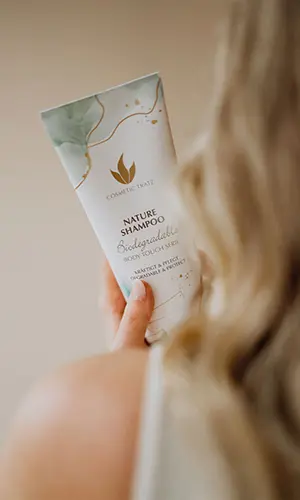

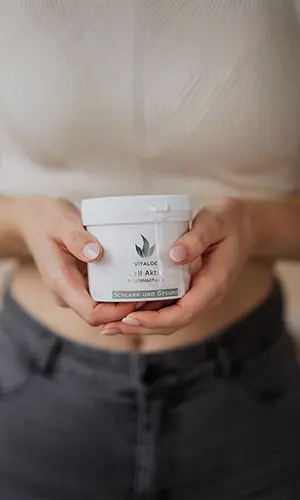

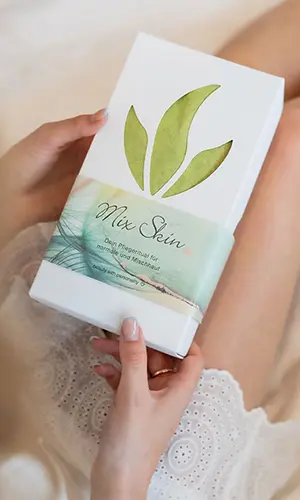
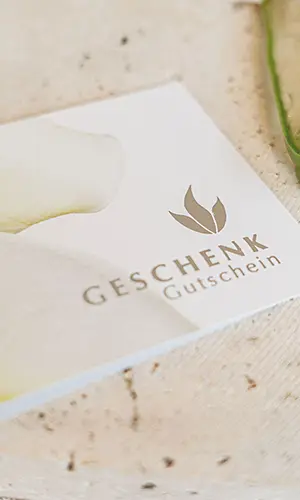
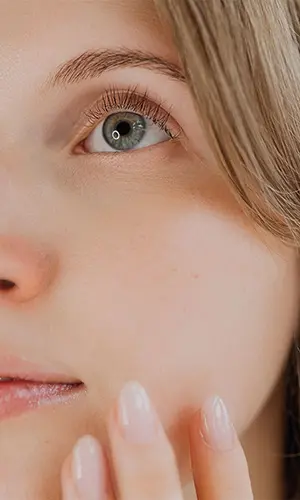 Deine Hautberatung
Deine Hautberatung Unser FAQ
Unser FAQ Unser Magazin
Unser Magazin